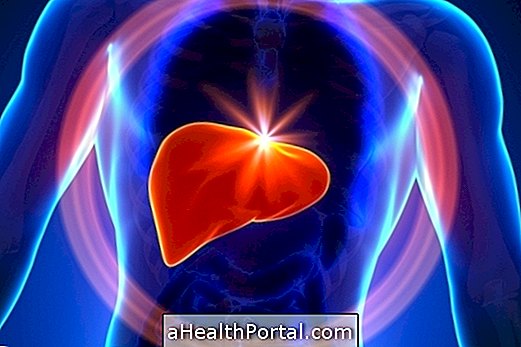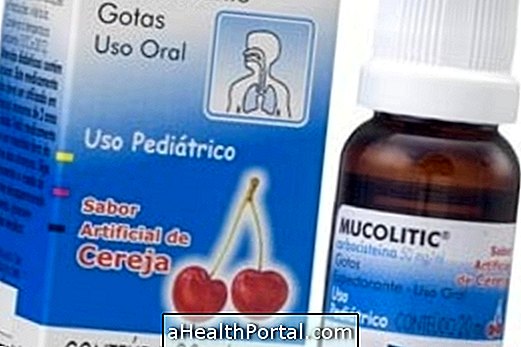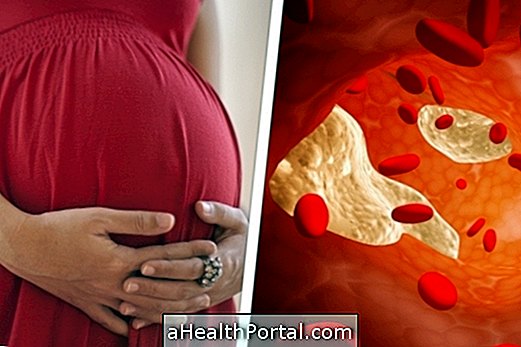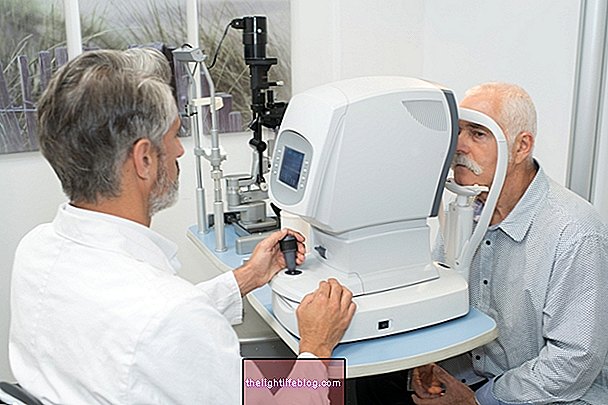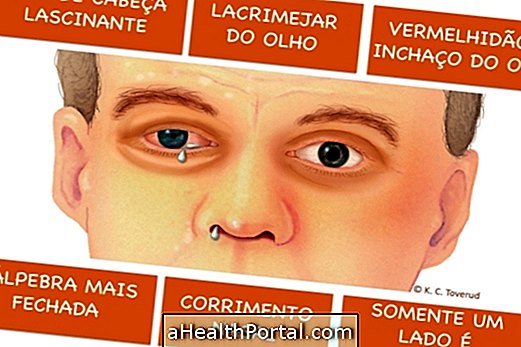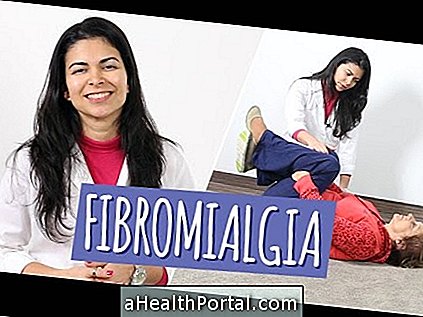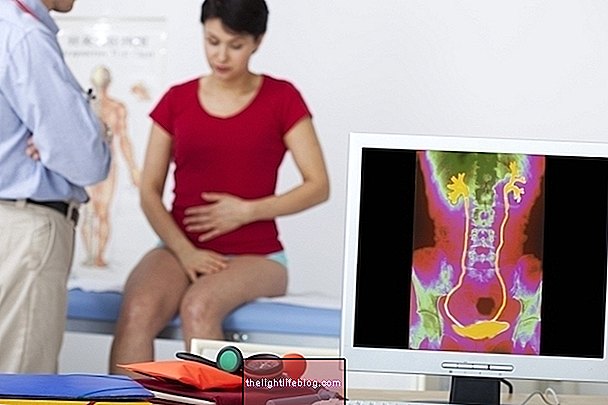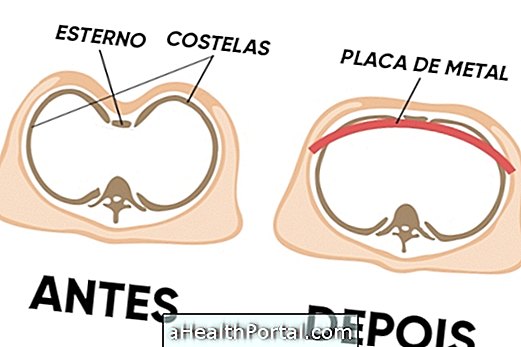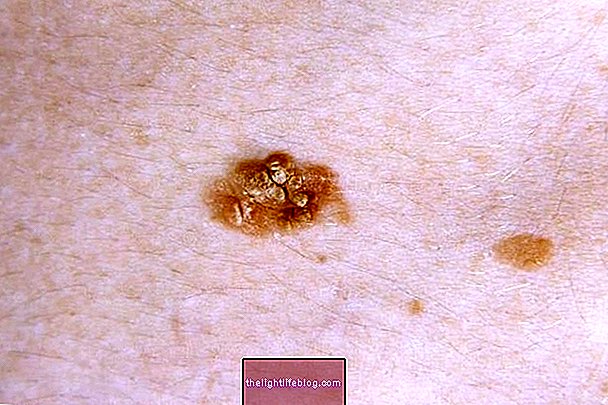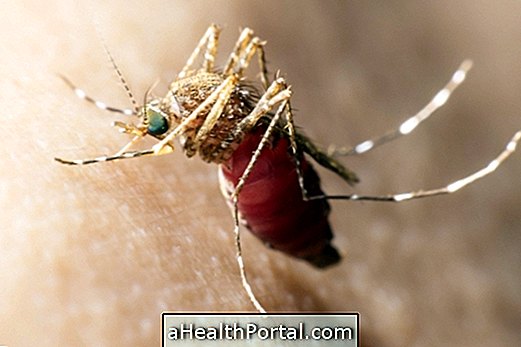Osteogenesis imperfecta is a rare genetic disease that causes the patient to have deformed, short and fragile bones from birth, being susceptible to constant fractures.
There are 4 types of imperfect osteogenesis, which include:
- Osteogenesis imperfecta type 1: it is the most common and lighter type of the disease, causing little or no deformation of the bones. However, bones are fragile and can fracture easily;
- Osteogenesis imperfecta type 2: is the most severe type of disease that causes the fetus to present fractures inside the mother's uterus, leading to abortion in most cases;
- Osteogenesis imperfecta type 3: patients with this type usually do not grow enough, present deformations in the spine and the whites of the eyes may have a bluish color;
- Osteogenesis imperfecta type 4: is the moderate type of the disease, in which the patient presents some slight deformations in the bones, but does not present change of color of the whites of the eyes.
In most cases, imperfect osteogenesis passes to the children, but the symptoms and severity of the disease may be different, since the type of disease can change from the parents to the children.
The imperfect osteogenesis has no cure, but there are some treatments that help improve the quality of life of the patient, reducing the number of fractures throughout life.
Treatment for imperfect osteogenesis
Treatment for imperfect osteogenesis should be guided by an orthopedist and usually includes the use of metal rods next to the bones to prevent them from easily breaking. In addition, medicines with bisphosphonates can also be used to help make bones stronger, however, this type of treatment should be constantly evaluated by the doctor.
When the patient has fractures, the doctor can immobilize the bone with plaster or opt for surgery, especially in the case of multiple fractures or that take a long time to heal.
Physical therapy for imperfect osteogenesis can also be used in some cases to help strengthen the bones and muscles that support them, reducing the risk of fractures. Typically, physical therapy is indicated after surgery to recover the movements of the affected region.
Diagnosis of imperfect osteogenesis
The diagnosis of imperfect osteogenesis is usually made during childhood by a pediatrician, by performing X-ray, blood test or observation of symptoms, which may include:
- Late growth, causing short stature;
- Face in the shape of a triangle;
- Constant fractures in the arms and legs;
- Deformed bones, such as crooked legs or scoliosis;
- Teeth that crack or break easily;
- Breathing problems.
Symptoms vary depending on the case, depending on the genetic changes they have undergone.
How to care for the child with osteogenesis imperfecta
Some care to take care of children with osteogenesis imperfecta are:
- Do not lift the child by the armpits, supporting the weight with one hand under the buttock and the other behind the neck and shoulders;
- Do not pull the child by an arm or leg;
- Select a soft-filled safety seat that allows the child to be pulled and put with little effort.
Some children with imperfect osteogenesis may do some light exercise, such as swimming, without risk of fracture, but should do so only after the physician's guidance and under the supervision of a physical education teacher or a physical therapist.
Useful link:
- Osteoporosis




